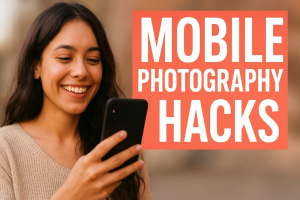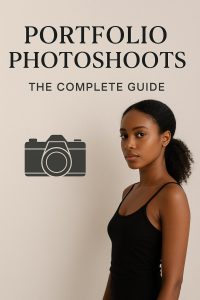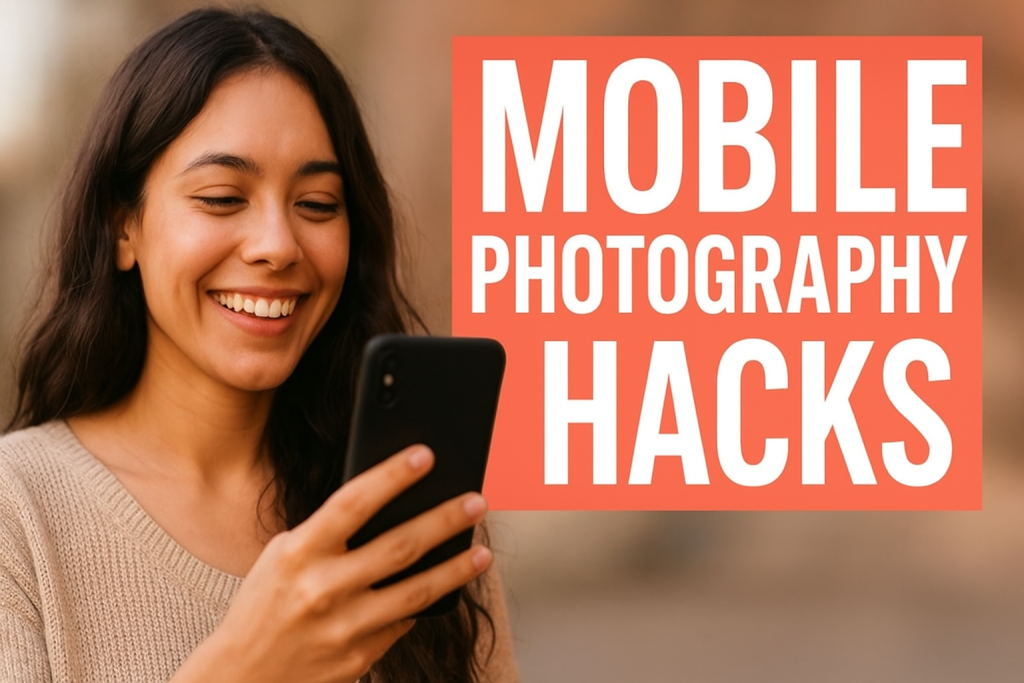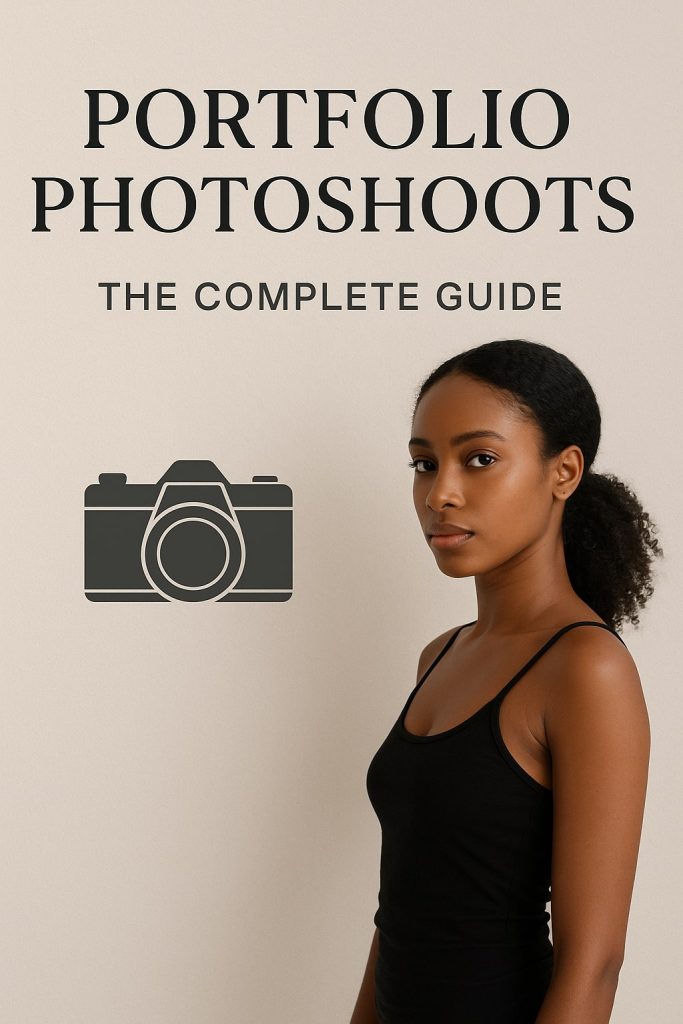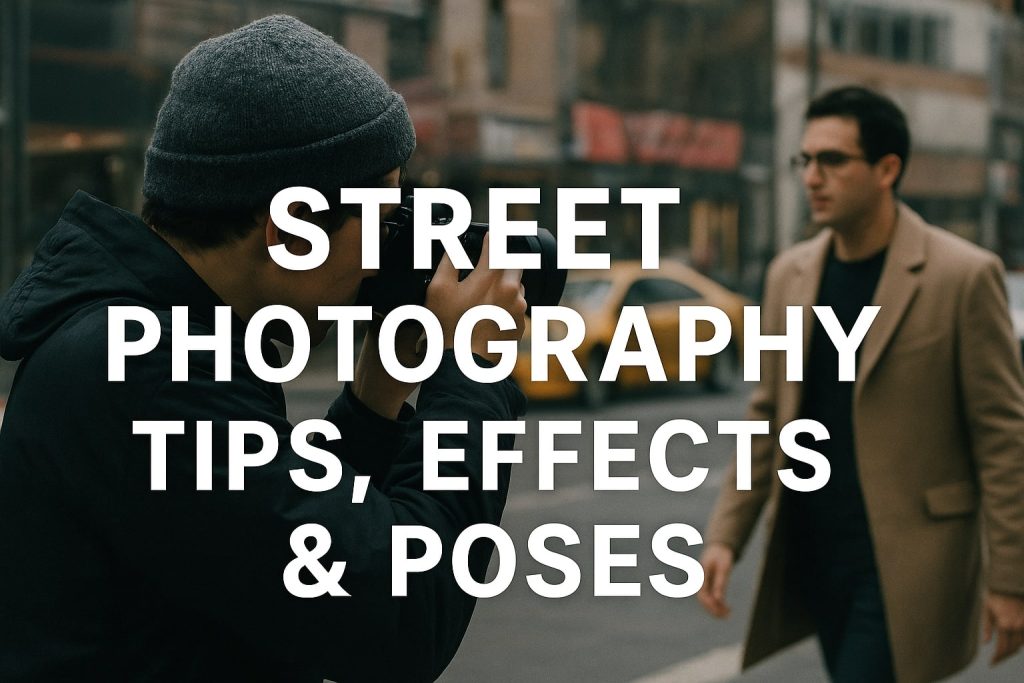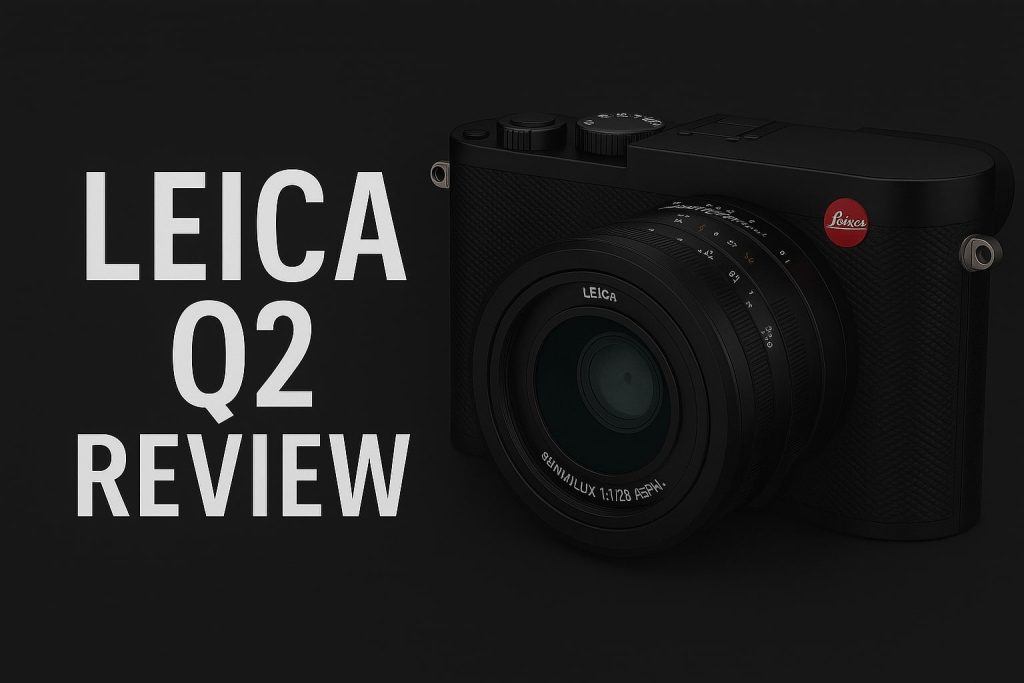Choosing the right lens is crucial for capturing stunning images. While the camera body plays a role, the lens determines the sharpness, depth, and quality of your photos. Whether you’re a beginner or a professional photographer, understanding different types of lenses and their uses will help elevate your photography. In this comprehensive guide, we will discuss the best lenses for photography, their features, and how to choose the perfect lens for various scenarios.
Understanding Lens Basics
Before diving into specific lens recommendations, let’s understand some essential lens terminology:
- Focal Length: Measured in millimeters (mm), it determines the field of view and magnification.
- Aperture: Represented as f/stops (e.g., f/1.8, f/2.8), a lower number allows more light, ideal for low-light and portrait photography.
- Prime vs. Zoom Lenses: Prime lenses have a fixed focal length, while zoom lenses allow variable focal lengths.
- Lens Mount: Lenses are designed for specific camera brands and models, such as Canon EF, Nikon F, Sony E-mount, etc.
Types of Photography Lenses
Different types of lenses cater to various photography styles. Below is a breakdown of the best lenses for photography based on use cases.
1. Prime Lenses
Prime lenses offer superior image quality, wider apertures, and enhanced sharpness.
Best Prime Lenses:
- Canon EF 50mm f/1.8 STM – Excellent for portraits and low-light conditions.
- Nikon AF-S 85mm f/1.8G – Perfect for portrait photography.
- Sony FE 35mm f/1.8 – Great for street and travel photography.
2. Zoom Lenses
Zoom lenses provide flexibility by allowing photographers to adjust focal length without switching lenses.
Best Zoom Lenses:
- Canon EF 24-70mm f/2.8L II USM – A versatile lens for event and portrait photography.
- Nikon AF-S NIKKOR 70-200mm f/2.8E FL ED VR – Ideal for sports and wildlife photography.
- Sony FE 24-105mm f/4 G OSS – A great all-purpose zoom lens.
3. Wide-Angle Lenses
Wide-angle lenses capture expansive scenes, making them ideal for landscapes and architecture.
Best Wide-Angle Lenses:
- Canon EF 16-35mm f/2.8L III USM – Excellent for landscape and cityscape photography.
- Nikon AF-S 14-24mm f/2.8G ED – A favorite among professional landscape photographers.
- Sony FE 12-24mm f/4 G – Great for real estate and interior photography.
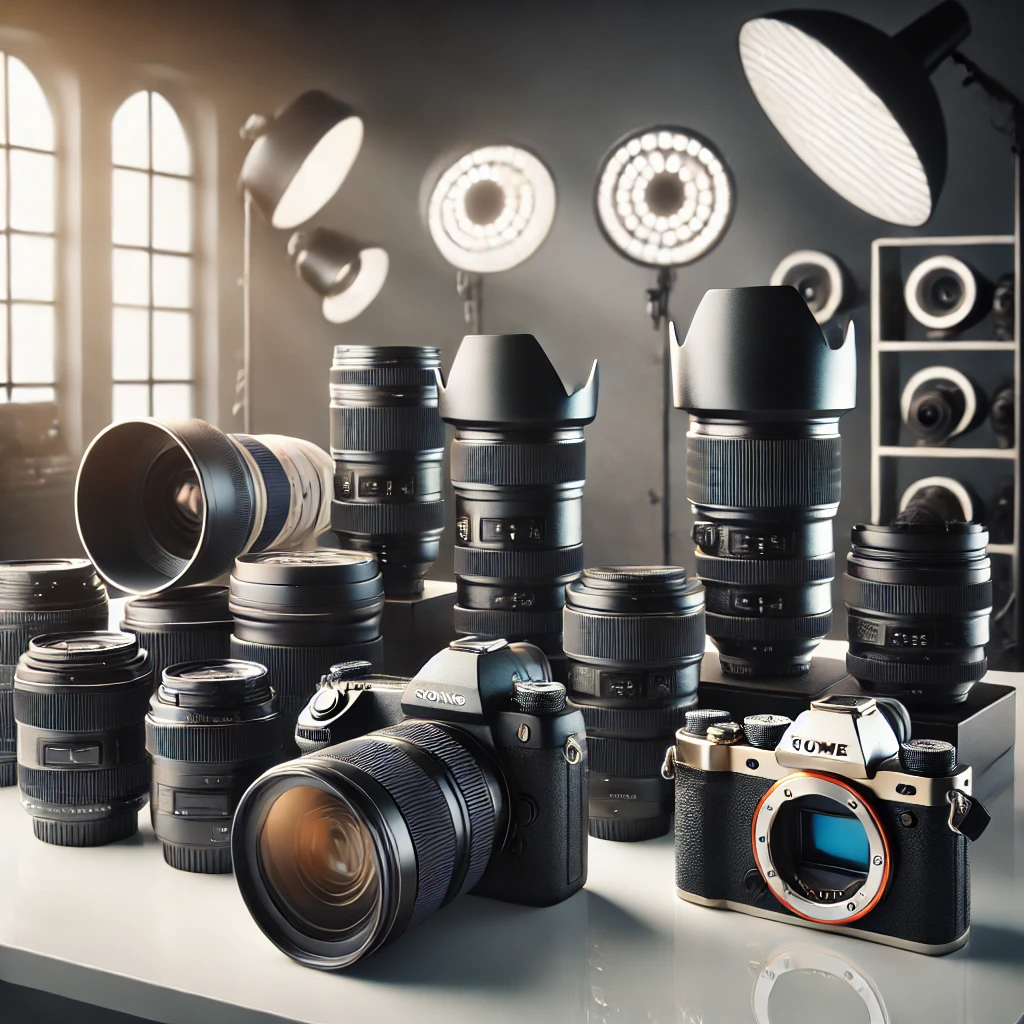
4. Telephoto Lenses
Telephoto lenses have long focal lengths, ideal for wildlife, sports, and portrait photography.
Best Telephoto Lenses:
- Canon EF 100-400mm f/4.5-5.6L IS II USM – Perfect for wildlife and sports.
- Nikon AF-S 200-500mm f/5.6E ED VR – Great for bird and action photography.
- Sony FE 200-600mm f/5.6-6.3 G OSS – Ideal for long-distance shooting.
5. Macro Lenses
Macro lenses allow for extreme close-up photography with high detail.
Best Macro Lenses:
- Canon EF 100mm f/2.8L Macro IS USM – Perfect for detailed close-ups.
- Nikon AF-S VR Micro-NIKKOR 105mm f/2.8G IF-ED – Excellent for macro photography.
- Sony FE 90mm f/2.8 Macro G OSS – A top choice for detailed subjects.
How to Choose the Right Lens
Selecting the best lens depends on your photography needs. Here are some factors to consider:
- Photography Style – Portrait, landscape, wildlife, or sports?
- Aperture Requirements – Need a wide aperture for low light?
- Budget – How much are you willing to invest?
- Portability – Will you be traveling with your gear?
- Lens Compatibility – Ensure it matches your camera model.
FAQs
1. What is the best all-around lens for photography?
The Canon 24-70mm f/2.8 and Sony 24-105mm f/4 are excellent all-purpose lenses.
2. Is a prime lens better than a zoom lens?
Prime lenses offer better image quality and wider apertures, while zoom lenses provide versatility.
3. Which lens is best for low-light photography?
Lenses with wide apertures like f/1.4 or f/1.8 are best for low-light conditions.
4. Do I need a macro lens for close-up shots?
Yes, macro lenses provide sharp and detailed close-up images with a 1:1 magnification ratio.
5. What lens should I use for professional photography?
Professionals often use a combination of 24-70mm f/2.8, 70-200mm f/2.8, and prime lenses for various needs.
Conclusion
Investing in the best lenses for photography enhances your creative potential and ensures top-quality images. Whether you’re shooting landscapes, portraits, or wildlife, choosing the right lens will make a significant difference. Consider your photography style, budget, and camera compatibility to find the perfect lens.
Stay inspired and keep capturing breathtaking moments!
Book your cameras now with The Candid Shoot and create timeless memories today!
If you’re looking for personalized recommendations, feel free to reach out to The Candid Shoot for expert advice!
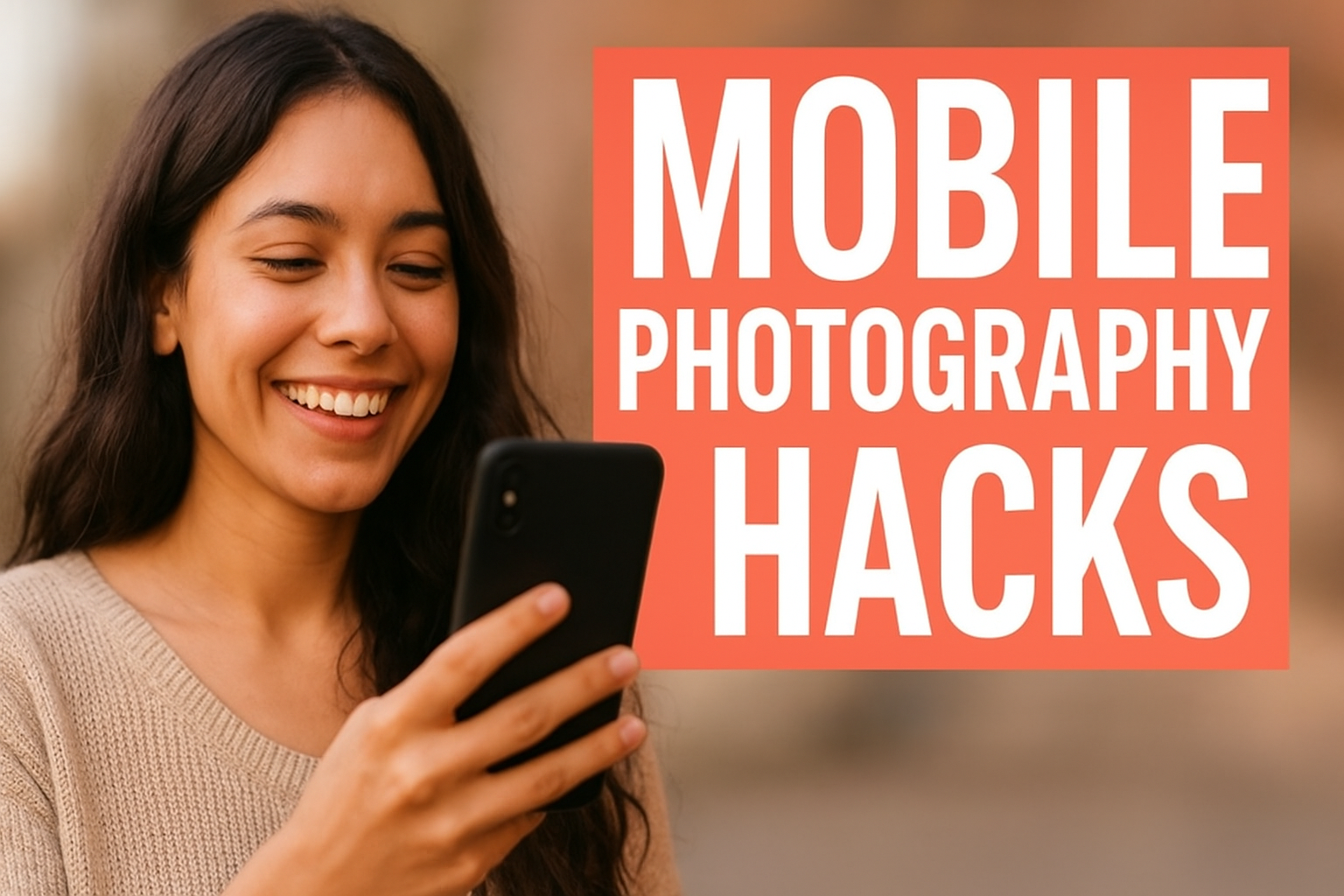
Mobile Photography Hacks: Candid Moments with Your Phone
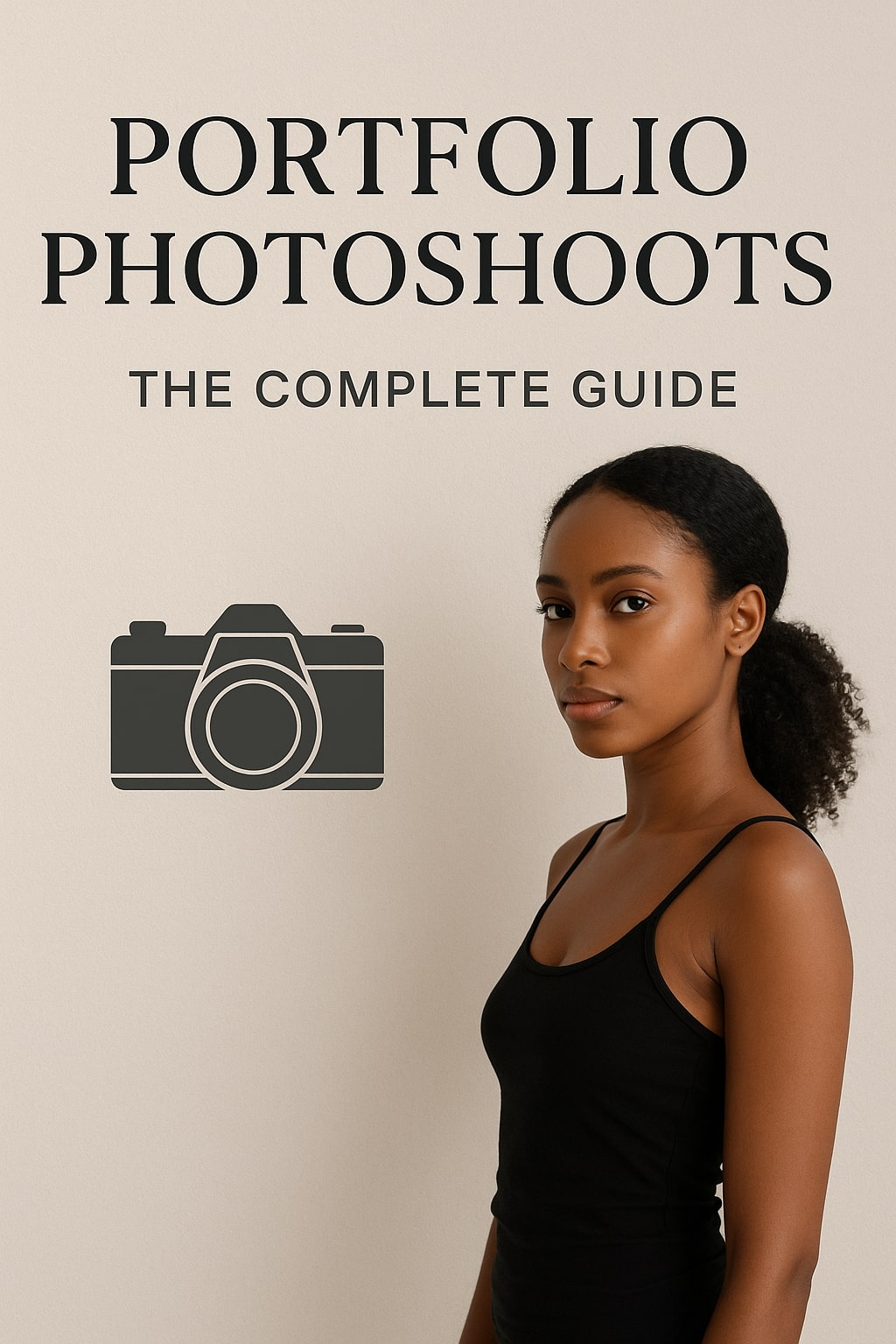
Professional Model & Portfolio Photoshoots: Show Your Best Work
-
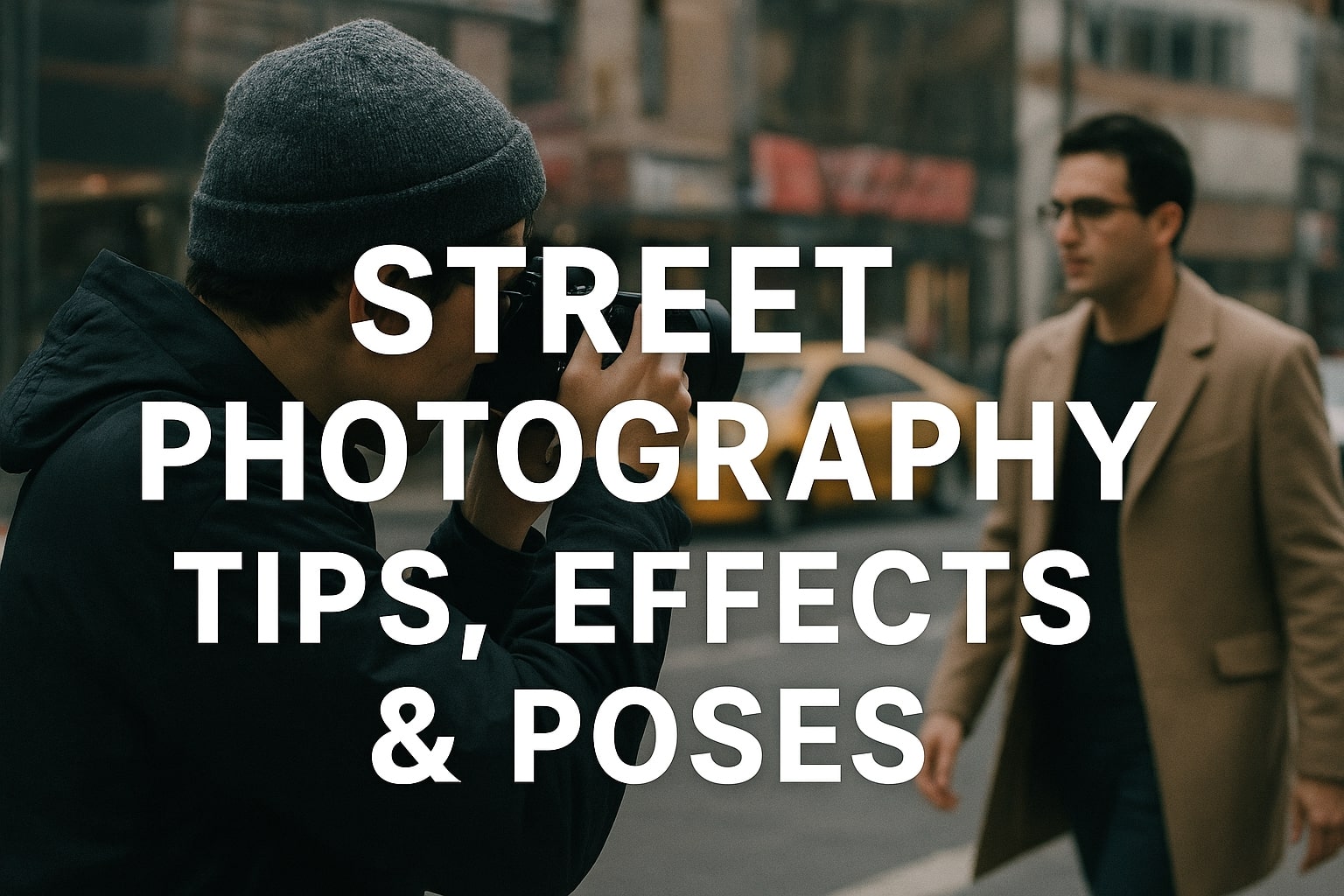
Street Photography Tips, Effects & Poses – Complete Guide
-

Leica Q2 for Photography: Why It’s Loved by Photographers
Mobile Photography Hacks: Candid Moments with Your Phone
Discover high-impact mobile photography hacks to capture genuine, gorgeous candid moments with your phone. Learn practical tips, composition secrets, and pro techniques to turn everyday scenes into stunning visual stories. Introduction: The New Age of Mobile Photography Photography has evolved beyond heavy cameras, technical jargon, and expensive equipment. Today, the power to capture extraordinary moments
Professional Model & Portfolio Photoshoots: Show Your Best Work
” Discover how to plan, style, and execute stunning portfolio photoshoots that showcase your skills, personality, and versatility. This comprehensive guide covers professional tips, posing ideas, gear suggestions, and industry insights for models and photographers.” Introduction – Why Portfolio Photoshoots Are the Cornerstone of a Photographer’s Career A well-crafted portfolio photoshoot is more than a
Street Photography Tips, Effects & Poses – Complete Guide
Discover the ultimate guide to Street Photography with expert tips, creative effects, and dynamic poses. Learn how to capture authentic urban moments, master composition, and tell powerful visual stories through your lens. Article Outline 1. Introduction to Street Photography Street Photography is more than just taking pictures of people in public spaces — it’s about
Leica Q2 for Photography: Why It’s Loved by Photographers
Introduction: The Cult Status of the Leica Q2 The Leica Q2 is not just a camera—it’s a statement. Combining the heritage of German precision engineering with modern digital excellence, it holds a special place in the hearts of professional and passionate photographers alike. With its full-frame sensor, prime Summilux lens, and minimalist design, the Q2
Top Cameras Under ₹1 Lakh for Freelance Photography
Freelance photography is no longer a niche—it’s a booming creative profession that demands not only vision and hustle but also the right gear. Your camera isn’t just a tool; it’s your storytelling partner. If you’re a freelance photographer aiming to balance performance, versatility, and budget, investing in a cameras under ₹1 lakh can offer the
Top Features of Nikon D850 That Make It Ideal for Photoshoots
Explore the top features of the Nikon D850 that make it a powerhouse for photoshoots. From exceptional resolution to dynamic range, this detailed Nikon D850 guide is built for professional and aspiring photographers. 1. Introduction When Nikon launched the D850, it quickly earned a reputation as a flagship DSLR that redefined what photographers could expect
